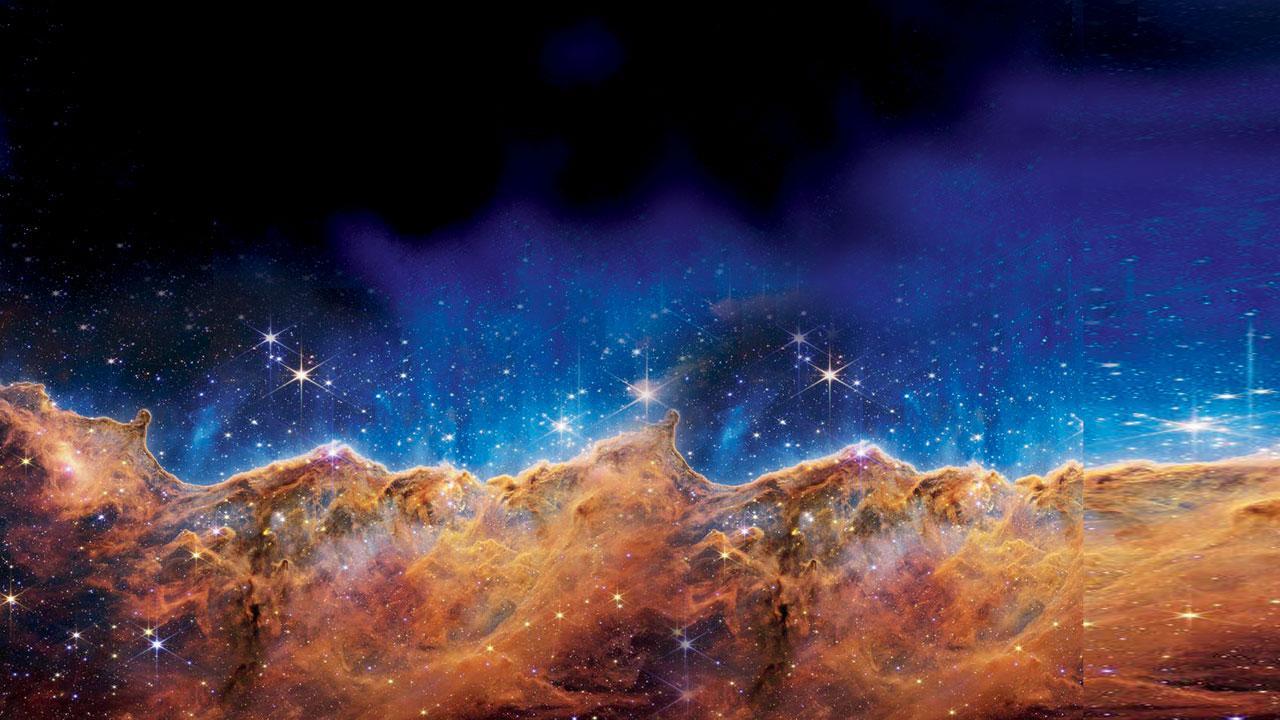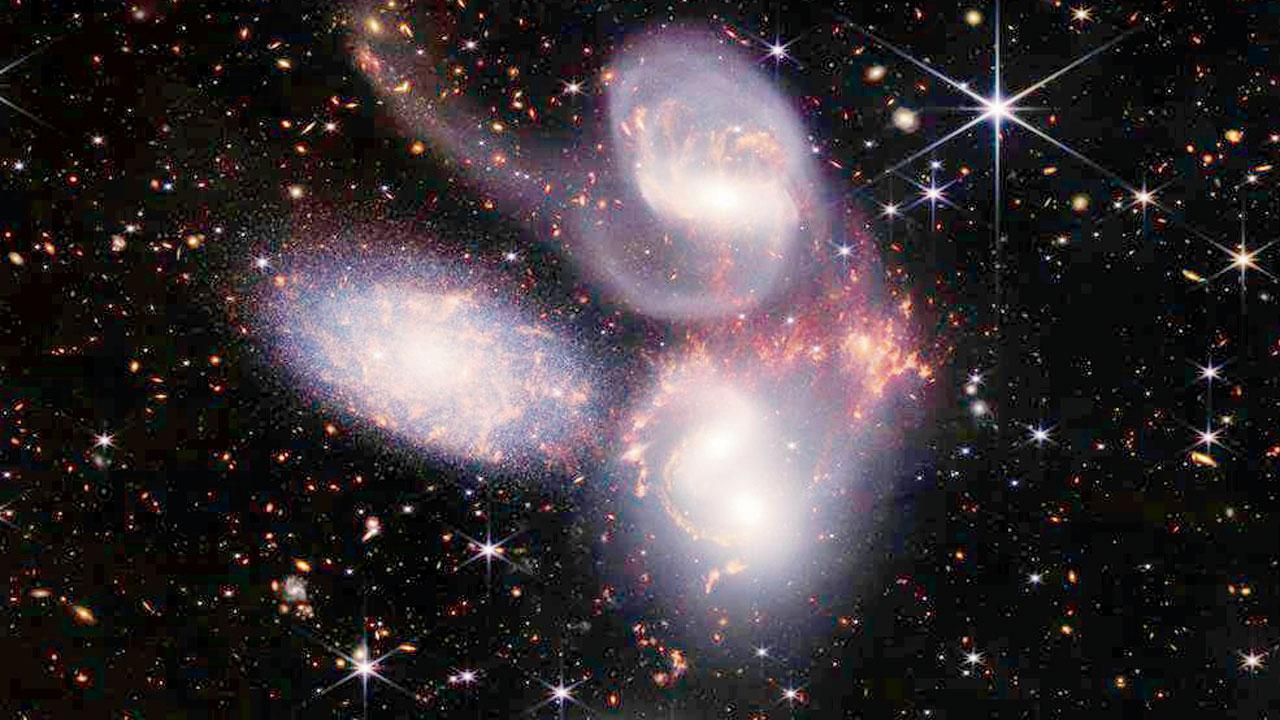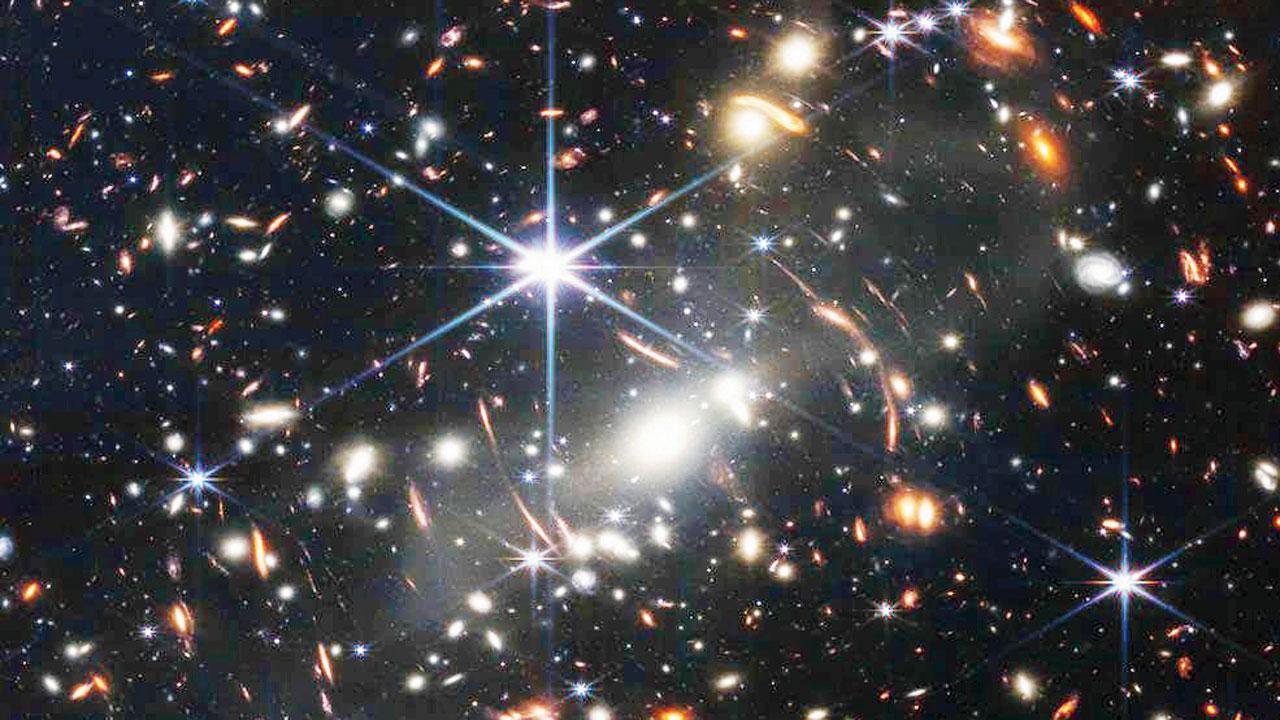With the latest pictures of deep space from the James Webb telescope, NASA has sent astronomers, physicists and space-hobbyists into a tizzy. We speak to star gazers to find out what these pixels hide or reveal

NGC3324 in Carina Nebula. Pics Courtesy/NASA.gov
From A distance they look like desktop wallpapers factory-produced by every second computer in the world. Yet, the five images released on July 12 by NASA — of the Carina Nebula, Stephan’s Quintet, Southern Ring Nebula, WASP-96-b and SMACS 0723 — bring new information that could change our understanding of the universe. The journey of the pictures traces back to 1996 when NASA constituted a committee to build a telescope that could peer as far back as 13.6 billion light years away; a time closest to the origin of the universe. Now that the telescope has returned with its first pictures, it has opened a new world of research.
A world of infinite possibilities
Arvind Paranjpye, director, Nehru Planetarium

“We have always been trying to understand the structure of the universe soon after it came into being,” he says. The visuals, captured with the infrared band are sharper images from galaxies farther than ever before, Paranjpye reveals. “The images collected are those of galaxies that are very faintly observable,” he says. This infers that scientists and astronomers have visible proof of elements and molecules that formed in the immediate aftermath of the Big Bang through spectral imaging. He says, “We will also learn whether there were star formations taking place, and how, and whether there was potential for life elsewhere. That’s why these images are causing such excitement among astronomers.” Don’t get too excited about it, he reminds us with a chuckle, “These images are coming to us from the past, as well as from far away. If you send a message, it will only reach 100 million light years later.” The good thing, Paranjpye notes, is that there might be a possibility that we are not alone in the universe.
Study the universe
Mohit Barhate, engineer and amateur astronomer

Stephan’s Quintet
Barhate attributes the ability of the telescope to its position. “It is stationed a million miles away at the Lagrange 2 point; away from the gravitational pull or effects of the sun,” he notes. This allows the telescope to capture light waves far better than any equipment on earth, or even The Hubble. The amateur astronomer is most excited about the red and blue shifts of the galaxies in the SMACS cluster image.

“It is like the Doppler Effect of light,” Barhate says, adding that the farther a galaxy moves from us, the more the bandwidth of light shifts to red and vice versa. “We can note the galaxies moving away from us, proving the theory that the universe is indeed expanding,” he says. Barhate picks up the spectrograph image of an exoplanet, WASP-96b, in the constellation Phoenix, 1,150 light years away, and remarks, “The spectral analysis shows that it has oxygen, hydrogen, and possibly the early blocks of an environment that could sustain life.”
Star formations and more
Vikram Londhe, fellow of Royal Astronomical Society, London

SMACS 0723 cluster
Nothing reassures faith in physics like the pictures the James Webb telescope has revealed, Londhe tells us. “It gives us something called spectras which detect the fingerprints of elements present in space,” he says. The image of the SMACS cluster field is the farthest human exploration has gone in all these years. “Even that far back in time, it shows the presence of oxygen. It means the molecular structure was the same 13 billion years ago, as it is now,” he notes excitedly. This revelation is a breakthrough. The astronomer adds that the telescope has also revealed how galaxies collide and reshape.

“The Stephan’s Quintet image shows how dark energy and dark matter are interacting, and how these galaxy collisions are interacting on the elements around them. That information was previously not as detailed.” The astronomer believes that the telescope’s ability will only reveal more about the vast universe. “The satellite is reaching out to the early stars which were born just 80,000 years after the Big Bang. They were the first stars that were born in the universe. This will help understand the early star formations and how they might have initiated an entire universe.”
 Subscribe today by clicking the link and stay updated with the latest news!" Click here!
Subscribe today by clicking the link and stay updated with the latest news!" Click here!










